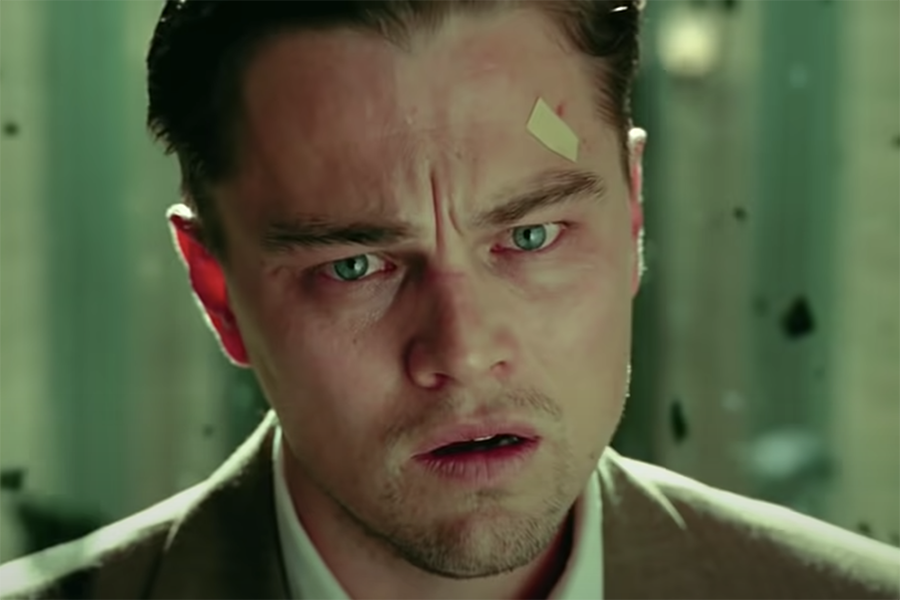‘Shutter Island’: Quintessential thriller, example to turn to
Paramount Pictures
Leonardo DiCaprio stars as U.S. Marshal Teddy Daniels in “Shutter Island,” which was released in 2010.
March 9, 2021
A man hunches behind a tree in a wet lab coat, watching as the car he rigged to explode engulfs his wife and daughter in flames. As the flames disperse, he is shocked to see them unaffected.
This confusing suspense exemplifies the epitome of thrillers. Unlike horror movies, thrillers do not rely on gore or jumpscares to instill fear, relying instead on deeply unsettling suspense. This suspense is achieved by ensuring that the viewer is never comfortable or sure of anything and that they are constantly doubting what they may see.
In recent years, there has been a sentiment of frustration among fans of thriller movies, stemming from a shift in the way thrillers are made. Instead of using suspense to instill discomfort in the audience, newer thrillers tend to rely on crude violence. One of the last examples of a true thriller, and a film many regard as one of the greats, “Shutter Island” tells the story of an eerie mental hospital on a secluded island and their handling of their dangerous patient. In telling this story, it relies on traditional thriller methods to depict the nature of perspective and the human behaviors used to cope with grief in a beautiful, heart-wrenching manner.
Directed by Martin Scorsese, the film uses a signature emotion throughout the story: paranoia. The protagonist is U.S. Marshal Teddy Daniels (Leonardo DiCaprio), accompanied by his partner, with whom he has never worked. As Daniels’ stay at the island becomes increasingly clouded by paranoia, personal vendettas and the classical post WWII-sentiments that are quintessential for movies set in this time, the movie erodes the viewer’s sense of reality. What at first appear to be mistakes, such as missing glasses of water or unexplained fears, accompanied by exposition-filled and beautifully shot flashbacks, reveal to the viewer fragments of the true story through the perspective of Marshal Teddy Daniels.
2010The movie culminates with what may well be the most elegantly and heart-wrenchingly executed twist that leaves the viewer stunned and in pure awe. Watching this movie again with the knowledge ascertained from the ending of the first viewing allows the viewer to appreciate the detailed masterpiece of the film. Details that were seemingly trivial upon a first viewing gain a deeper meaning and the movie becomes more fulfilling.
Despite all of these positive qualities, the most beautiful aspect of the film lies in its conclusion, past the twist. It gives the viewer a chance to interpret the final decision of the protagonist in a way that is entirely personal. The movie gives no explicit explanation, granting the viewer the chance to choose how to interpret it. The ending to the movie encapsulates its brilliance, as a genre-defining piece of work.












